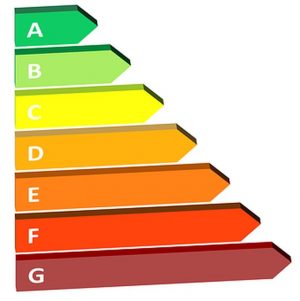
Energy efficiency is an area of climate action with “enormous untapped potential”, according to a new report released today by the Carbon Trust which underscores the urgent need for increased global investment in energy efficiency services.
The report, released today at COP22 in Marrakesh, concludes mobilising energy efficiency investment and reducing project risk in emerging economies will be crucial to hitting the world’s 2C warming target agreed at last year’s Paris Summit.
“The most cost effective way of tackling climate change is through energy efficiency,” Simon Retallack, report author and director at the Carbon Trust, said in a statement. “Yet too little is being invested in it and the programmes that are being funded are frequently not having the impact they should.”
According to the International Energy Agency (IEA), in order to limit global warming to 2C this century energy efficiency must account for 38 per cent of cumulative emissions reductions through to 2050. In comparison, renewable energy, which enjoys significantly higher levels of policy support around the world, would account for 32 per cent of reductions under the IEA’s scenario.
Yet investment in energy efficiency remains far too low to deliver the levels of emissions savings the UEA envisages. Last year multi-lateral development banks committed $2.9bn to energy efficiency programmes – less than half that invested in renewables. In contrast, the IEA predicts that to deliver on the the 2C pathway, by 2030 energy efficiency spending must hit $550bn per year.
The Carbon Trust report suggests more proactive government policies are needed to stimulate investment in energy efficiency projects, alongside greater technical assistance in developing a pipeline of viable projects.
“To succeed with energy efficiency, more needs to be invested in getting the right policies in place to drive change and in providing the technical support companies and households need to deploy energy efficient technology at scale,” Retallack continued. “Making capital available for investment is not enough. Demand for it needs to be stimulated and a pipeline of projects created.”
Soorce: businessgreen.com

